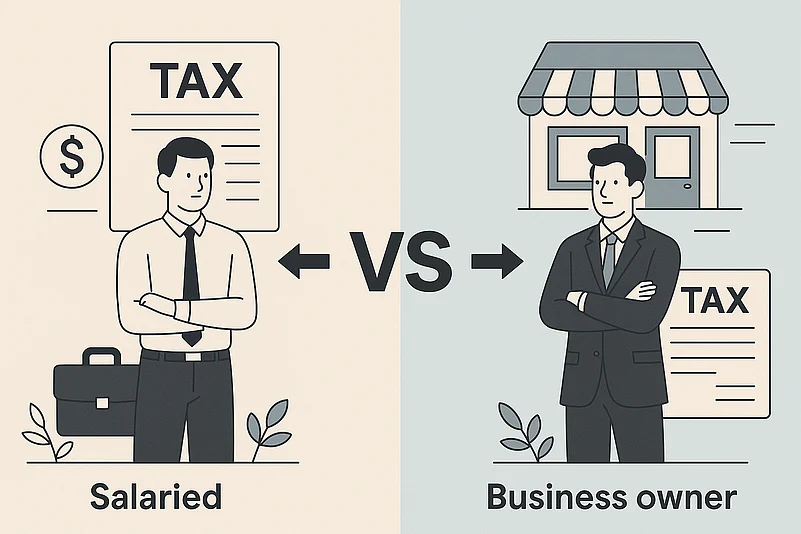The new tax regime was announced by Nirmala Sitharaman, the Finance Minister, during Parliament's Budget Session on 1 February 2023. Starting from FY 2023-24, the new income tax regime will be set as the default option for all taxpayers. So, if someone wants to shift to the old tax regime, one has to make a conscious choice. “While the government has provided the new tax regime as a default regime for every taxpayer, one can choose the most beneficial regime based on their income, investment manner, etc,” says Kunal Savani, partner, Cyril Amarchand Mangaldas.
How Often You Can Choose The Tax Regime Depends Upon Your Source of Income
The ability to switch between the old and new tax regime within the year depends on the income source of the taxpayer.
“Salaried taxpayers either need to inform their employer at the start of the year of their choice of tax regime so that the employer can deduct TDS accordingly, or they choose the regime at the time of filing of the year. A salaried taxpayer can have the flexibility of choosing a tax regime every year,” says Deepak Kumar Jain, founder and CEO of TaxManager.in, a tax advisory and e-filing portal platform. Such a switch needs to be made before the date of the tax filing.
So, as a salaried taxpayer, you can calculate your tax liabilities every year and make a choice. For example, if you have taken a home loan and are claiming deductions under 80C and 24B, and that makes the old tax regime more beneficial, you can make a shift to the old tax regime. However, it is to be noted that even with all the common deductions, in most cases, the new tax regime makes sense for most taxpayers.
Whereas non-salaried taxpayers like freelancers or business owners are allowed to choose the tax regime once, if they opt for a new tax regime once they cannot opt out of the same.
It is likely that, going ahead, the old regime will be discontinued. So, even salaried taxpayers would do well not to focus on tax savings while planning their investments.










